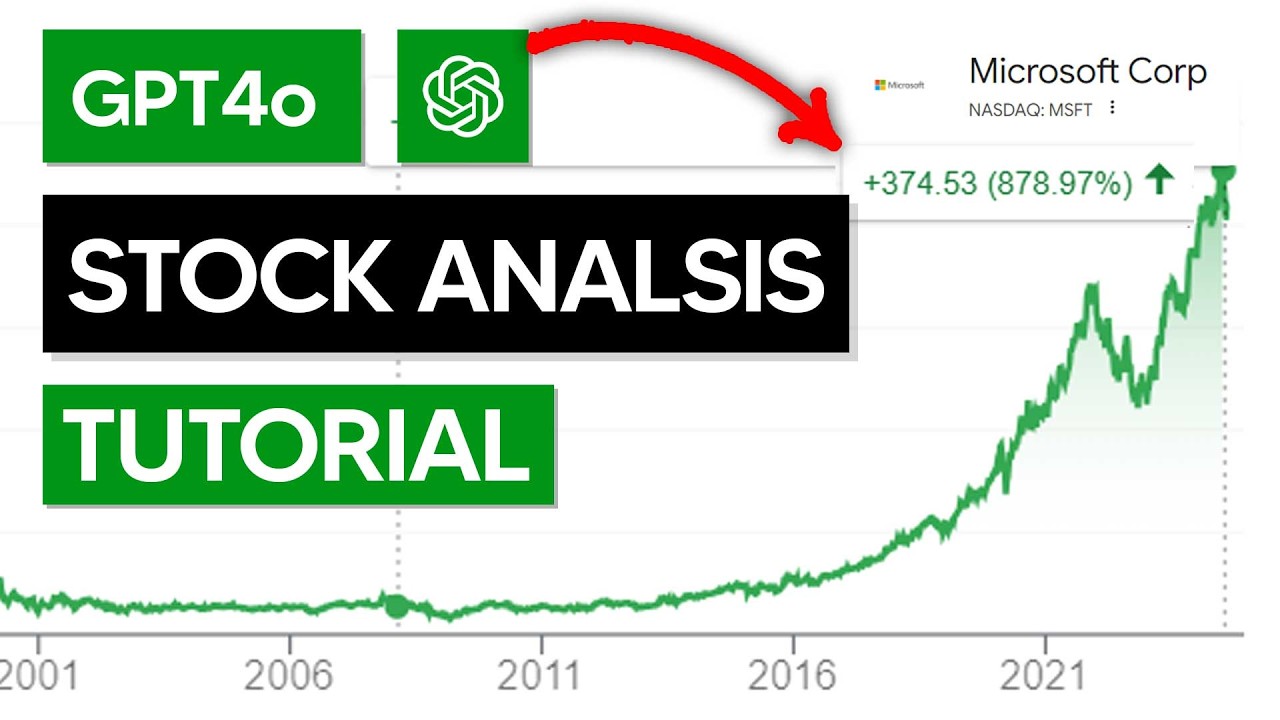Strategy customization is a key characteristic of AI trading platforms that predict and analyze stocks, as it allows users to tailor the platform to their own specific goals in trading as well as their risk tolerance and market conditions. Platforms that offer an array of customizable options will improve your trading performance. Here are 10 tips to help you evaluate the platform's ability to customize your strategy:
1. Evaluate Pre-Built Strategy Templates
A Variety of Templates: Check if the trading platform offers pre-built templates for various trading styles (e.g. Day Trading and Swing Trading, as well as Long-Term Investment).
Utilizability: Find out how easily these templates can be altered to meet your needs.
Performance historical data. Find out if the platform includes historic performance data for previously built strategies.
2. Examine the Custom Strategy Development
Drag-and-drop tools Search for platforms that offer intuitive drag-and-drop interfaces that allow you to design unique strategies.
Look for options to code. For those who are more advanced it is possible to check whether the platform offers custom coding.
Flexibility: You should be able define the entry/exit criteria along with risk management parameters as well as other aspects that are essential to your strategy.
3. Check for Backtesting Capabilities
Historical data: Make sure that the platform has enough historical data for back-testing strategies.
A parameter that can be customized: Ensure you can adjust parameters while backtesting (e.g. indicators or timeframes).
Performance metrics: Make sure the platform provides detailed metrics of performance (e.g. Win rate Sharpe Ratio, Drawdown) when backtesting strategies.
4. Evaluate Real-Time Strategy Testing
Paper trading: Make sure the platform provides the option of paper trading or simulation to evaluate strategies in real-time without the risk of losing capital.
Live testing: Check whether you can test strategies in live markets with very little capital to assess their performance.
Real-time adjustments - Check whether you're able to alter your strategies in real time according to the market conditions.
5. Assess Integration with Technical Indicators
Indicator library - Check whether the platform has an extensive library of technical indicators, such as moving averages (e.g. RSI), MACD, or RSI.
Custom indicators: You should be able to create or import your own indicators that you can utilize in your plans.
Combinations of indicators: Determine whether the platform supports the combination of multiple indicators for more complex strategies.
6. Check for Risk Management Tools
Stop-loss/take-profit: Ensure the platform allows you to set stop-loss and take-profit levels within your strategies.
Size of your position - Check for any guidelines you can follow (e.g. an amount fixed or an amount of your portfolio) for managing the risk.
Risk-reward ratio: Check if the platform supports setting risk-reward ratios for individual strategies or trades.
7. Evaluate Multi-Asset Strategy Support
Asset classes: Make sure the platform is able to support strategies in multiple asset categories (e.g. stocks, ETFs or options or forex).
Strategies that cross assets: You could make strategies that involve different asset classes (e.g. pairs trading hedges, pair trading).
Market coverage: Make sure the platform you're interested in covers the markets that are of interest to you (e.g. US or international, copyright).
8. Review Automation and Execution
Automated trading: Make sure the platform is able to automate the execution of strategies based on predefined rules.
Order types - Check that the platform supports a range of order types to execute strategies (e.g. stop market, limit or stop).
Latency - Check the platform's ability to execute trades on time, especially when using high frequency strategies.
9. Make sure to check out the Strategies Optimization Tools
Optimization of parameters - Make sure that your platform comes with tools for optimizing the strategy's parameters.
Machine Learning Integration: Determine whether a platform is able to integrate machine learning to refine and optimize strategy.
Analysis of scenarios: Check if the platform allows testing strategies for different market scenarios (e.g., bear, bull and volatile).
Review User Support for Community Reviews and Feedback
Feedback from users Conduct research on users to assess the effectiveness of the platform in the development of a customized strategies.
Community forums - Check to see if a platform has a forum that is active and where members can share their own strategies.
Support resources: Ensure that the platform has tutorials, webinars, or documents to assist users design and implement strategies.
Bonus Tips
Trial period: Take advantage of the demo or trial version for free to try out the platform's and customization capabilities.
Scalability: Ensure that your platform can handle complex strategies that evolve when you trade.
Support for customers Find out if there is assistance available to address questions or concerns related to strategy.
These tips will help you analyze the various customization options available to AI trading platforms that analyze and predict stocks. So you'll be able select one that is compatible with your trading goals, and allows you refine and apply your strategies. A platform that provides a wide range of customization options can help you better adjust to market trends and boost your trading performance. Take a look at the most popular ai trading bots recommendations for website examples including ai stock prediction, ai trading, ai stock, ai stock market, ai stock picker, stock analysis app, ai bot for copyright trading, artificial intelligence stocks, best stocks to invest in, stock predictor and more.

Top 10 Tips To Evaluate The Maintenance And Updates Of Ai Stock Predicting/Analyzing Trading Platforms
Monitoring the up-to-date and maintenance of AI-powered stock prediction and trading platforms is critical to ensure they are secure, efficient and in line with changing market conditions. Here are 10 top strategies for evaluating their updates and maintenance practices.
1. Updates are made regularly
Verify the frequency of updates on your platform (e.g. weekly, monthly, or even quarterly).
Why: Regular updates show active development and responsiveness towards market trends.
2. Transparency is the key to the Release Notes
Tip: Go through the release notes for the platform to understand what modifications or enhancements are being made.
Why: Transparent release notes show the platform's commitment to ongoing improvements.
3. AI Model Retraining Schedule
You can ask the AI model how often it is retrained.
Since markets change constantly and evolving, it is essential to update models in order to remain current and current.
4. Bug fixes, Issue Resolution
Tip: Find out how fast the platform reacts to bugs or issues that users have reported.
Why? Prompt bug fixes will ensure that the platform remains operational and stable.
5. Security Updates
TIP: Check if the platform updates regularly its security protocol to protect the user's data.
Why: Cybersecurity in financial platforms is crucial to stop fraud and security breaches.
6. Integration of New Features
TIP: Check to see if the platform has added new features (e.g. improved analytics, or new sources of data) based upon customer feedback or market trends.
Why: Features updates demonstrate the ability to adapt to user requirements and innovation.
7. Backward Compatibility
Tip: Ensure the upgrades you install do not require a major reconfiguration or interfere with the current functionality.
The reason: Backward compatibility provides a smooth user experience during transitions.
8. Communication with users during maintenance
Learn the way your platform informs users of scheduled maintenance and downtime.
What is the reason? Clear communication prevents interruptions and increases trust.
9. Performance Monitoring and Optimization
Tip: Check if the platform is continuously monitoring the performance metrics (e.g. latency, latency, accuracy) and optimizes its systems.
The reason: Continuous optimization makes sure that the platform is efficient and scalable.
10. Conformity with Regulation Changes
Tip: Determine whether the platform provides new options or policies that conform with financial regulations and data privacy laws.
Why: To avoid legal risks and keep user confidence, compliance with the regulatory framework is essential.
Bonus Tip User Feedback is incorporated into the program.
Verify that maintenance and updates are based on user feedback. This shows a method that is based on user feedback and a desire to improve.
By evaluating the above aspects, you will be able to determine whether or you are able to determine whether or AI trading and stock forecasting platform that you select is well maintained, current and able to adapt to changes in the market. Follow the best straight from the source about ai copyright trading for site recommendations including best ai for trading, copyright ai bot, ai investment stock, ai bots for trading, chart ai for trading, ai copyright signals, ai trading bots, ai for copyright trading, ai trading app, ai bot for copyright trading and more.
